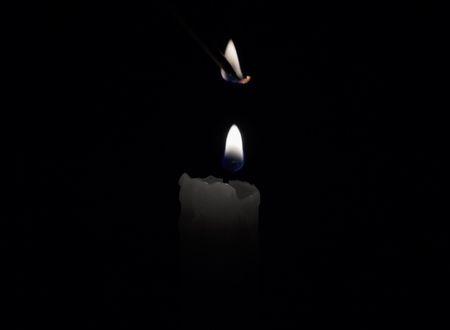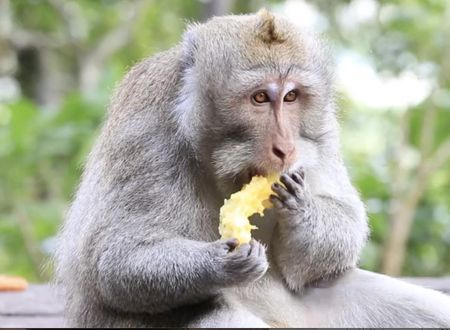Hare Krishna!
India has been land of yogis. In past few centuries as the information became more pervasive, people across the country have learned about various yogis. Most prominent of the living yogis that people knew in the most recent history have been Acharya Rajneesh, Jiddu Krishnamurti & several others. One such enlightened yogi that Indians saw was Swami Muktananda.
Swami Muktananda Paramahamsa was born in 1908 at Mangalore. His original name was Krishna Rai. He was the founder of Siddha Yoga. He was a disciple of Bhagavan Nityananda. He has written books on the subjects of Kundalini Shakti, Vedanta, and Kashmir Shaivism. Living through the most of the last century, he attained mahasamadhi in 1982.
His spiritual autobiography was first published in Hindi as ‘Chit Shakti Vilas’ and later translated into English as “Play of Consciousness”. The book outlines His scintillating journey from initiation to his realization in 1956.
Some excerpts from the book:
- God takes on a human body and conceals Himself within it. (xxx)
- Gurus show the spiritual path in the midst of the world. He lets you see Himalayas in the everyday life & Mount Kailas in meditation…make us renounce our limited individuality. (21)
- In Pitriloka, I saw some old people I had known in childhood…There can be no doubt that the various ritual offerings of water and foodstuffs that we make to our ancestors, do actually reach them in subtle form…through the mantras we repeat (178)
- The mind wants real love, complete equanimity and union with God. The mind wants something captivating; that is why it is restless. It leaves one apple of restlessness and goes on to the next…But remember there is a significant quest behind this restlessness of the mind: the mind is looking for perfect repose. (273)
- In love there can never be distinctions. among castes, people or religions. Distinctions come from narrowness of vision, not from love. From love comes absorption in nonduality. (276)
Try to understand first point in light of Bhagwad Geeta 15.7:
ममैवांशो जीवलोके जीवभूत: सनातन: |
मन:षष्ठानीन्द्रियाणि प्रकृतिस्थानि कर्षति || 7||
Meaning – An eternal fragment of Myself, the Divine, enters the embodied being. But bound by material nature, the embodied beings are struggling with the six senses including the mind.
Also, BG 10.20:
अहमात्मा गुडाकेश सर्वभूताशयस्थित: |
अहमादिश्च मध्यं च भूतानामन्त एव च || 20||
Meaning – O Arjun, I am seated in the heart of all living entities. I am the beginning, middle, and end of all beings.
For point 3 above, I have mentioned about Law of Karma – which states the scientific reasons for doing Pitri Tarpana. Recently I was reading Sadhak Sanjeevani (a commentary on Bhagwad Geeta by Swami Ramsukhdas). While explaining the BG 2.11, author mentioned clearly that the tears and phlegm emanated by us in memory of our loved one’s demise, has to be ingested by them in Pitri Loka. The author pointed out that it has been mentioned in Panchtantra (known more for stories for kids around animals) – Mitrabhed, Shloka 365.
The book – “Play of Consciousness” has 2 books embedded into it – The Path of the Siddhas & Teachings of the Siddhas. The first books as 2 parts – The importance of God-realization & My Meditation Experiences. In just over 300 pages and more than 40 chapters, the book is an intense read.
The book has lot of technical stuff too – first hand account of a yogi who was enlightened through yogic practices. The book covers various topics such as – yogic practices, quotations from various Upanishads, Shaktipat, Siddhaloka, pranayam and bandhas, chakras, five forms of prana, shambhavi mudra, hatha yoga etc. The book also mentions several great saints such as Tukaram Maharaj, Tulsidas, Surdas, Zipruanna, Sant Jnaneshwar Maharaj (of the Gyaneshwari fame – most revered commentary on Bhagwad Geeta into Marathi) etc.
Important link that you may visit – Siddha Yoga.
Hare Krishna!









Comments & Discussion
17 COMMENTS
Please login to read members' comments and participate in the discussion.